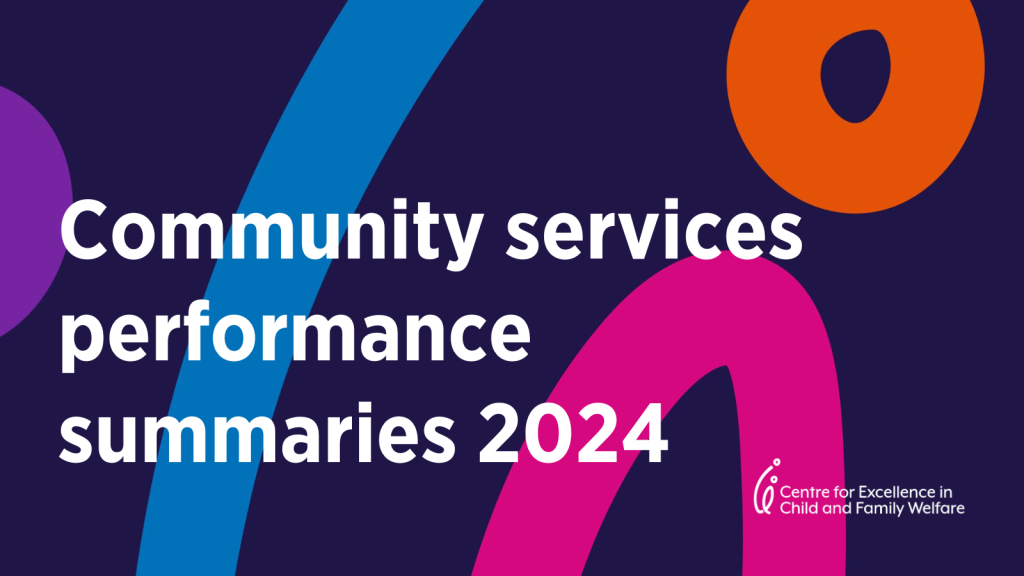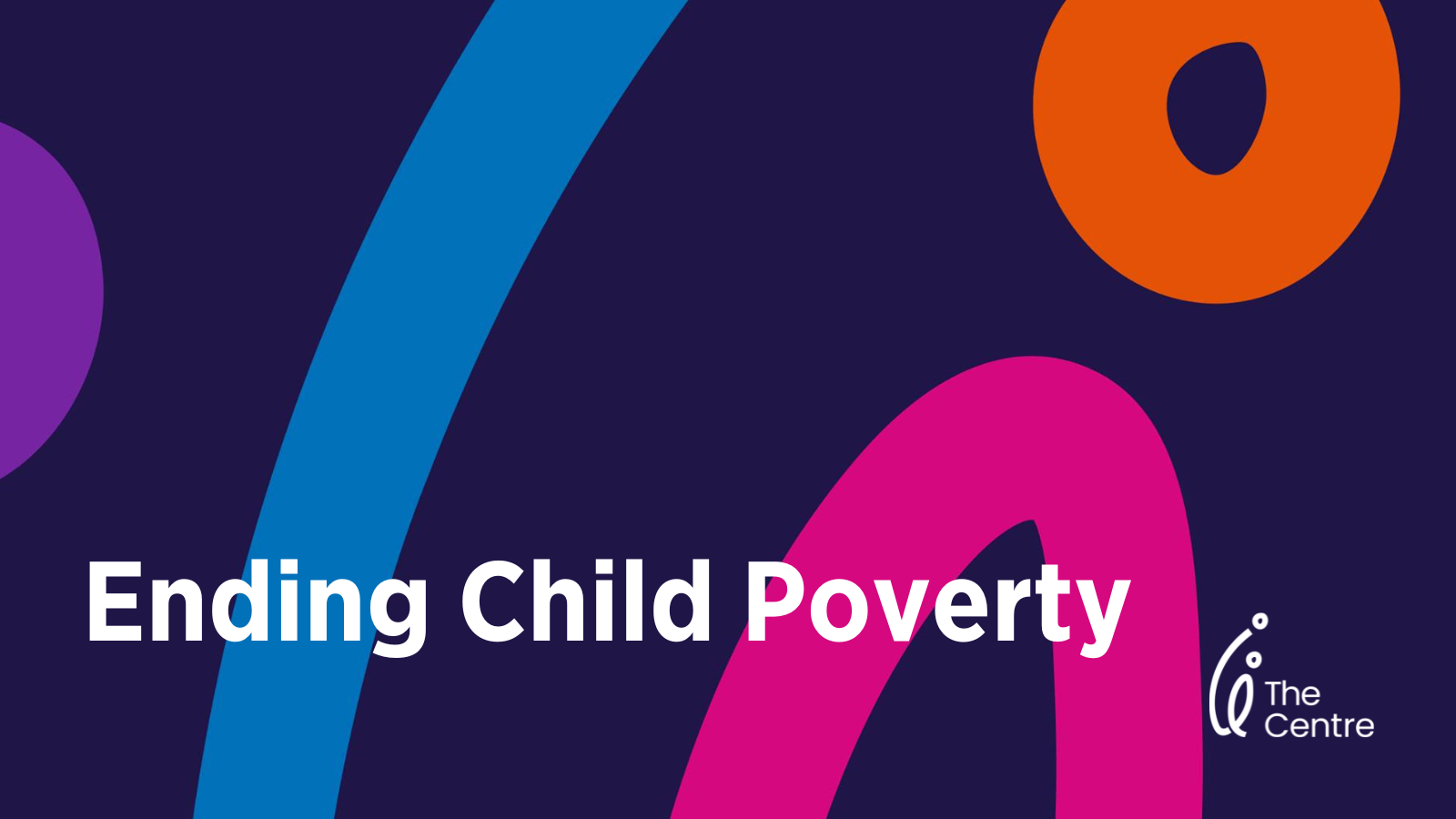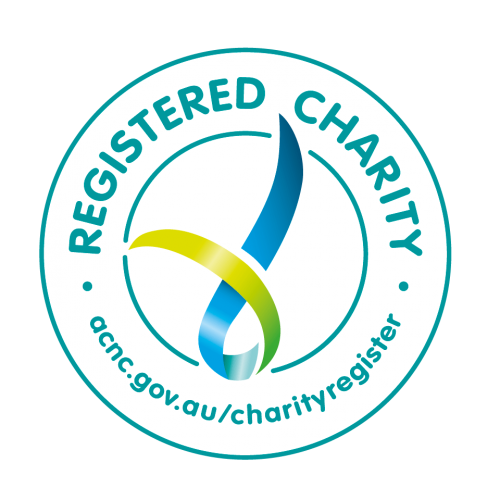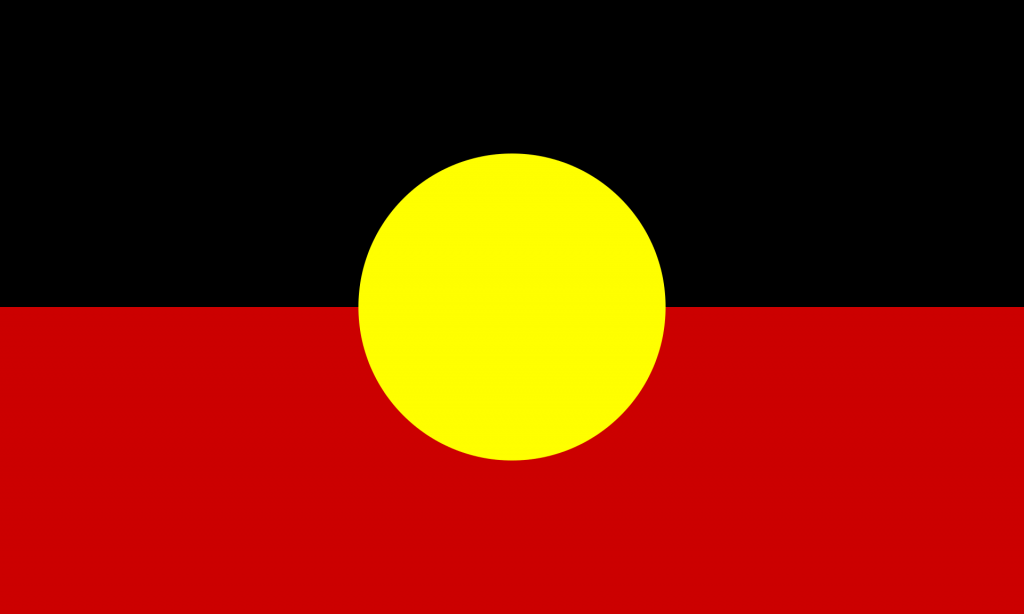The Productivity Commission has released its Report on Government Services 2024. The report shows how governments have performed in the delivery of 17 important services including education, justice, community services, health, emergency management, housing and homelessness.
Government expenditure on these services was approximately $348 billion for 2021-22 – around 70% of government recurrent expenditure.
The Centre’s research and policy teams have development a snapshot of the community services expenditure on core services and workforce demographics, including informal carers.
Expenditure in community services
- Total government expenditure for the community services in 2022-23 was around $76.3 billion (an increase of 45.9 per cent over the past four years, mainly due to increases in expenditure on the NDIS).
- In the 2021-22 financial year, the community services sector represented around 18.9 per cent of total government expenditure covered in this report.
- The largest amounts of community services expenditure went on:
- The NDIS and specialist disability services ($37.4 billion)
- Aged care ($28.3 billion)
- Child protection services ($9.4 billion)
- Youth justice services ($1.3 billion).
- Given Australia’s ageing population and declining fertility rates, our demographic profile is changing, with the 65+ share of the population expected to reach 23.4 per cent between 2022-23 and 2062-63 with implications for future government expenditure.
Community services workforce
According to the 2021 census:
- Of the 12 million people aged 15 years and over who were employed, around 11.5 per cent worked in the occupation category ‘community and personal service worker’.
- This occupation category includes welfare, disability and family support workers, community workers and aged or disability carers.
- Around 2.4 million people (9.7 per cent of the population) reported providing unpaid care, help or assistance to family members or others.
- The main type of informal assistance provided was in relation to disability, long-term health conditions and problems relating to old age.
- Of those providing informal care, 60.2 per cent were women.
Download as PDF – ROGS 2024 – Community Services Overall Summary
Community Services: Child Protection
This summary of the most recent ROGS covers child protection services.
Expenditure
- In 2022-23, total recurrent expenditure on family support services, intensive family support services, protective intervention services, and care services (out‑of‑home‑care and other supported placements) was $9.4 billion nationally. This represents a real increase of 9.5% from 2021-22.
- Of this $9.4 billion, care services accounted for 63.1 per cent or $5.9 billion. Care services include activities associated with providing out-of-home care and supported placements for children 0-17.
- In 2022-23, real recurrent expenditure on all child protection services per child aged 0– 17 years in the population was $1,638 nationally (compared with $1,450 nationally in 2021-22).
Unit costs
- Nationally in 2022-23, the unit cost of care was $335, compared with $288 in 2021-22, continuing the trend in increased real costs since 2013-14.
- The annual cost per child in care at 30 June 2023 varied across jurisdictions ranging between $79,992 and $161,914.
- Annual costs per child for residential care ranged between $561,246 and around $1.1 million (in jurisdictions where data was available).
- Annual costs per child for non-residential care ranged between $50,616 and $67,275.
Profile
- Nationally in 2022-23:
- 292,173 children (aged 0-17 years) were the subject of notifications.
- 105,209 children were the subject of a finalised investigation.
- 45,746 children were the subject of a substantiation.
- 60,592 children were on care and protection orders.
- 45,284 children were in out‑of‑home care and a further 10,533 children were in other supported placements.
- Of these figures, most represent an increase on the ROGS 2021-22 data with the exception of children on care and protection orders, children in out of home care where there was a slight decrease.
- Nationally in 2022-23, around four in ten notifications (38.1 per cent) resulted in an investigation, similar to 2021-22 data.
- While response times between notification and investigations varied across jurisdictions, nationally in 2022-23 (excluding Tasmania), 16.4 per cent of investigations were completed within 28 days or fewer of the notification date, which represents the lowest proportion over the ten years of reported data.
- Nationally in 2022-23, Aboriginal and Torres Strait Islander children were between two and eight times more likely to be subjects of substantiations compared to their relative proportion in the population aged 0–17 years (nationally 6 per cent of children aged 0–17 years are Aboriginal and Torres Strait Islander people).
- Nationally, 88 per cent of children who left out‑of‑home care to a permanency arrangement in 2021-22 did not return to out‑of‑home care in the following 12 months. Permanency includes reunification, finalised third-party parental responsibility order, and adoption.
- Nationally in 2022-23, nearly half (44.1 per cent) of all finalised investigations were substantiated for abuse or neglect, or risk of abuse or neglect, which is similar to 2021-22 (45.8 per cent).
- Nationally at 30 June 2023, the proportion of children in out‑of‑home care who were placed with relatives or kin was 54.7 per cent, slightly higher than at 30 June 2022 (54 per cent).
- Nationally at 30 June 2023, 89.3 per cent of children required to have a current documented and approved case plan, had such a plan, representing a small increase from 87.6 per cent of children at 30 June 2022.
Workforce stability and sustainability
Data measuring ‘continuity of case worker’ – defined as the proportion of children in out-of-home care who have one case worker assigned during the reporting period – is not yet available for reporting.
The indicator for ‘workforce sustainability’ – defined as the capacity of the child protection workforce to meet current and projected future services demand – is currently under development and will be a useful source of information for child protection services workforce planning.
Download as PDF – ROGS 2024 Summary Child Protection services
Community Services: Disability
This summary of the most recent ROGS covers services for people with disability.
Expenditure
- NDIS and specialist disability support services comprised the largest component of community services expenditure ($37.4 billion compared with $31.3 billion in 2021-22).
Funding
- In 2022-23, the NDIS committed $44.8 billion in support to participants, an increase of $6.3 billion (or 16.3 per cent) compared to the previous financial year.
- At 30 June 2023, $33.3 billion of the support committed to participants during the 2022-23 financial year had been paid.
Profile
- The ABS estimates that 4.4 million Australians or 17.7 per cent of the population had a disability in 2018. Of these Australians, and consistent with previous years, around 5.7 per cent are estimated to have a profound or severe disability.
- ABS data also shows that in 2018, an estimated 861,600 informal primary carers provided the majority of assistance with self-care, mobility and communication for people with disability.
- Nationally, at 30 June 2023, autism was the most common form of disability for NDIS participants (35.2 per cent), followed by intellectual disability (16.5 per cent).
- During 2022‑23, the NDIS Quality and Safeguards Commission received 10,687 complaints and was notified of 1,629,541 reportable incidents by NDIS providers. This is a significant increase from 2021-22 when the Commission received 4521 complaints and was notified of 1,439,485 reportable incidents by NDIS providers. The NDIA also receives complaints relating to the Scheme.
- Nationally, at 30 June 2023, there were 610,502 active NDIS participants with approved plans, 46,694 of whom identified as Aboriginal or Torres Strait Islander (around 7.6 per cent of NDIS participants).
- Nationally at 30 June 2023, the proportion of the potential population who were participants in the NDIS was:
- lower in remote and very remote areas than in major cities and inner and outer regional areas.
- higher for Aboriginal and Torres Strait Islander people than non‑Indigenous people.
- lower for people from a CALD background than people from a non‑CALD background.
- Nationally at 30 June 2023, the number of people with disability accessing the NDIS as a proportion of the potential population was 84.8 per cent – representing an increase of 75,847 participants from 30 June 2022.
Disability Support Workforce
- According to the 2023 National Disability Services Workforce Census, nationally at June 2023, the disability workforce was predominantly female (two-thirds) and aged 25 to 44 years (51 per cent).
- Around 59 per cent of the disability support workforce was permanent, with 20% of permanent workers employed full time and a steady increase in casual workers (39 per cent of the disability support workforce).
- The indicator relating to ‘workforce sustainability’ is currently under development.
Download as PDF: ROGS 2024 Summary Disability Services
Community Services: Youth Justice
Youth justice systems are responsible for administering justice to those who have committed or allegedly committed an offence while considered by law to be a child or young person (predominantly aged 10–17 years). This summary relates to statutory youth justice agencies responsible for the supervision and case management of young offenders and includes group conferencing, community-based services and detention-based services.
Expenditure
- In 2022-23, total recurrent expenditure nationally on youth justice services, covering detention‑based supervision, community‑based supervision and group conferencing, was $1.3 billion.
- Detention-based supervision accounted for the majority ($855.3 million or 64.7 per cent) of the total expenditure.
Profile
- The average daily number of young people aged 10–17 years under youth justice supervision in Australia in 2022-23 was 3,446.
- On an average day in 2022-23, 79.7 per cent of the young people under supervision were supervised in the community (which includes supervised bail, probation and parole), with the remainder in detention.
- Most young people aged 10–17 years supervised by youth justice agencies are male (in 2022-23, 89.0 per cent in detention and 76.8 per cent in the community)
- Aboriginal and Torres Strait Islander young people are overrepresented in the youth justice system in detention‑based supervision (28 times the rate for non‑Indigenous young people nationally in 2022-23) and in community‑based supervision (almost 22 times the rate for non‑Indigenous young people)
- Nationally, in 2022-23, 554 young people in community‑based supervision and 600 young people in detention were aged 10–13 years old, with more than 70 per cent of this age cohort being Aboriginal and Torres Strait Islander.
- No young people died while in the legal or physical custody of an Australian youth justice agency in 2022-23.
- Nationally (excluding Tasmania) in 2022-23, there were 23 incidents of young people injured in custody due to a serious assault.
- Nationally, 57.8 per cent of young people aged 10–16 years at the time of release from sentenced supervision in 2020-21 returned within 12 months. This is not necessarily a sign of recidivism but could be the result of a range of factors affecting youth offending patterns, including family environment and social circumstances.
‘Workforce sustainability’ relates to the capacity of the youth justice workforce to meet current and projected future service demand. It is an indicator of the governments’ objective in providing sustainable youth justice services and a useful measure to inform workforce planning. This indicator is currently under development.
Download as PDF – ROGS 2024 Summary Youth Justice Services






